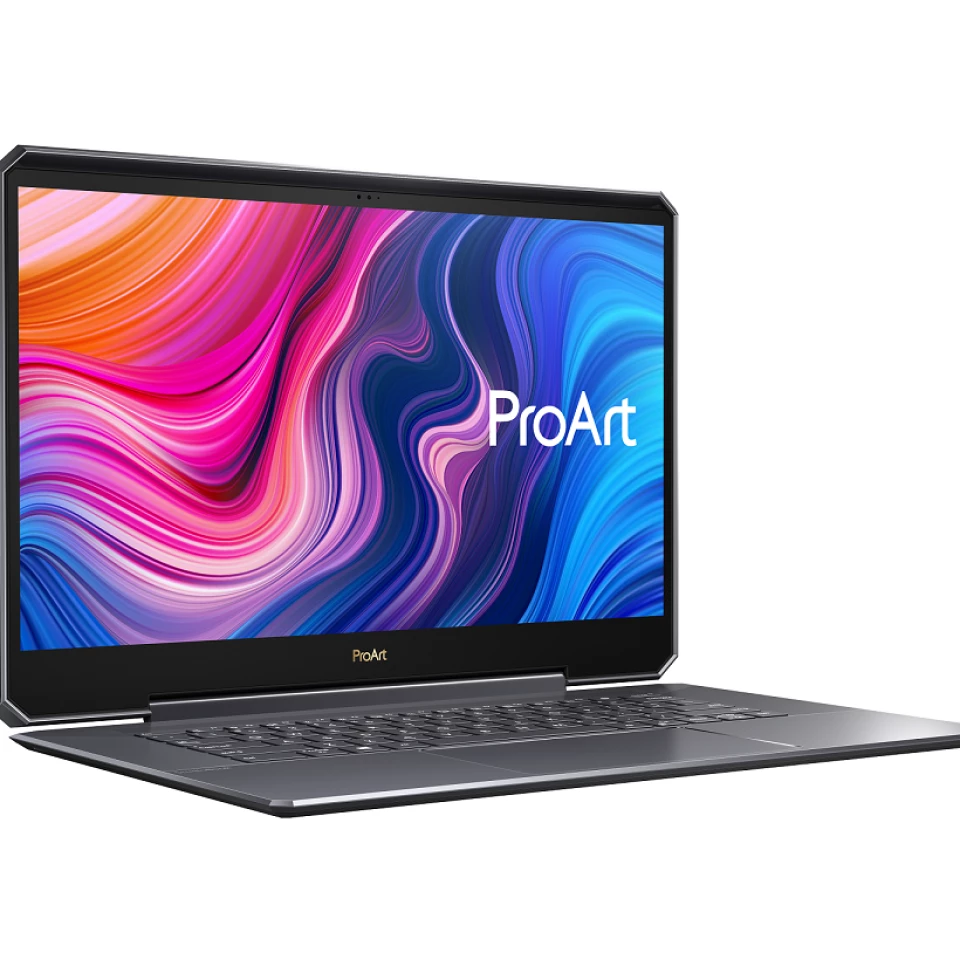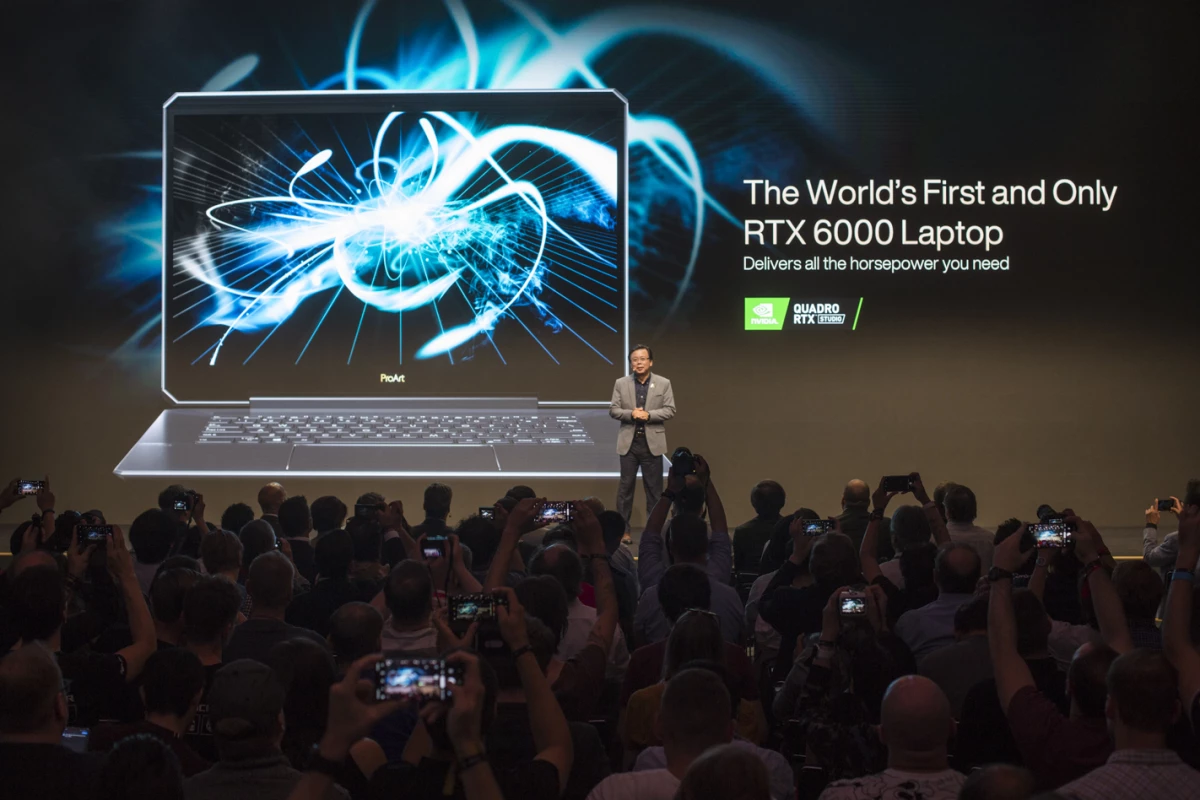For people who are just browsing the web, writing documents and checking email, any old laptop will basically be enough. But data scientists, professional animators and engineers might need a little more grunt under the hood. At IFA 2019 this week, Asus unveiled the most graphically-powerful laptop ever – the ProArt StudioBook One, boasting a frankly ridiculous 24 GB GPU.
That power come from a mobile version of Nvidia’s Quadro RTX 6000, the desktop versions of which were unveiled at SIGGRAPH last year. Built on the Turing architecture, the main gimmick of this GPU is real-time ray tracing, which is claimed to trace the path of light through virtual scenes and produce realistic reflection, refraction and scattering.
With 24 GB of this graphical grunt, that makes the ProArt StudioBook One the most powerful laptop around by quite a wide margin. The runner-up title also belongs to Nvidia, with laptops packing the 16 GB Quadro RTX 5000 which came out earlier this year.

If a 24 GB GPU seems like overkill for even the most hardcore of gamers, that’s because it is. The 8 GB RTX 2080 is plenty for consumer needs – instead, the Quadro RTX lineup, and the laptops it’s built into, are designed for business, engineering and scientific use. That includes crunching huge datasets, editing 8K video, and creating detailed 3D animations and environments.
Of course, the ProArt StudioBook One boasts high-end specs besides the GPU as well. It’s powered by an Intel Core i9 2.4 GHz octacore processor and 32 GB of RAM, contains 1 TB of SSD storage, and is topped off with a 15.6-inch 4K screen.
Because those beefy components might be prone to overheating, Asus has moved them to the top of the device. That way, they’re behind the screen when it’s open, so it won’t get too hot sitting on your legs. A new cooling system opens the chassis up by a 4.57-degree angle when in use too, letting more air get to the CPU and GPU. The heat is vented out the sides of the display, out of harm’s way.
There’s no word on availability or pricing for the ProArt StudioBook One just yet, but considering the Quadro RTX 6000 itself carries a price tag of over US$3,500, it’s a fair bet that it won’t come cheap.





